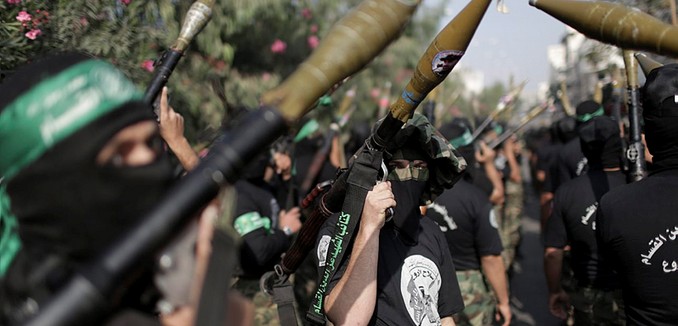The new United Nations Human Rights Council (UNHRC) report on the Gaza war says:
27. International law does not require the continuous presence of troops of the occupying forces in all areas of a territory, in order for it to be considered as being occupied. In the Naletelic case, the ICTY held that the law of occupation also applies in areas where a state possesses the “capacity to send troops within a reasonable time to make its power felt.” The size of Gaza and the fact that it is almost completely surrounded by Israel facilitates the ability for Israel to make its presence felt.
What exactly does the Naletelic case say?
217. To determine whether the authority of the occupying power has been actually established, the following guidelines provide some assistance:
– the occupying power must be in a position to substitute its own authority for that of the occupied authorities, which must have been rendered incapable of functioning publicly;
– the enemy’s forces have surrendered, been defeated or withdrawn. In this respect, battle areas may not be considered as occupied territory. However, sporadic local resistance, even successful, does not affect the reality of occupation;
– the occupying power has a sufficient force present, or the capacity to send troops within a reasonable time to make the authority of the occupying power felt;*
– a temporary administration has been established over the territory;
– the occupying power has issued and enforced directions to the civilian population;
The footnote to the part about “capacity to send troops within a reasonable time” links to the “The Law of Land Warfare”, Field Manual No. 27-10, US Department of the Army, 18 July 1956, chapter 6, para 356.” among others. I didn’t check the others but here is what the US Army manual says:
356. Effectiveness of Occupation
It follows from the definition that belligerent occupation must be both actual and effective, that is, the organized resistance must have been overcome and the force in possession must have taken measures to establish its authority. It is sufficient that the occupying force can, within a reasonable time, send detachments of troops to make its authority felt within the occupied district.
The UNHRC didn’t bother to actually read the context of the source material, since there is no way you can say that the Gaza resistance has been overcome – they run Gaza’s day to day affairs! Any legal scholar who quotes another case without looking at the parameters of that statement would be laughed out of the room.
The next paragraph of the UNHRC report directly contradicts the next paragraph of the Naletelic decision:
This analysis also applies to the Occupied Palestinian Territory which is considered a single territorial unit by the international community, and by Israel in the Interim Agreement on the West Bank and Gaza, which recognized the West Bank and Gaza as a single territorial unit.
But the definition of occupation is not all or nothing over an entire territory, as Naletelic says explicitly:
218. The law of occupation only applies to those areas actually controlled by the occupying power and ceases to apply where the occupying power no longer exercises an actual authority over the occupied area.589 As a result, the Chamber finds that it must determine on a case by case basis whether this degree of control was established at the relevant times and in the relevant places. There is no requirement that an entire territory be occupied, provided that the isolated areas in which the authority of the occupied power is still functioning “are effectively cut off from the rest of the occupied territory”.590
Once again, international law is applied to Israel differently than everywhere else.
“Elder of Ziyon” has been blogging about Israel and the Middle East since 2004. This post was originally published on his website.
[Photo: Wissam Nassar / Flash90 ]




